Though evergreen plants go dormant in the winter, they are still releasing water into the atmosphere. This can lead to winter burn in the form of browning, scorched-looking leaves. Applying an anti-transpirant can reduce the amount of water they lose, keep them green, and keep them healthy until spring and even beyond.
This simple trick can also apply to other dormant plants such as roses and so forth. Anti-transpirants can also help plants during the rest of the year too. Read on to learn about how you can use them to your advantage.
Jump to:
- What Are Anti-Transpirants?
- How Anti-Transpirants Benefit Plants
- Types of Anti-Transpirants
- Winter Burn on Evergreens is a Common Problem
- Winter Applications to Protect Plants from Damage
- Anti-Transpirants Are Useful Through the Rest of the Year
- Common Mistakes to Avoid When Using Anti-Transpirants
- Even Anti-Transpirants Need Assistance
What Are Anti-Transpirants?
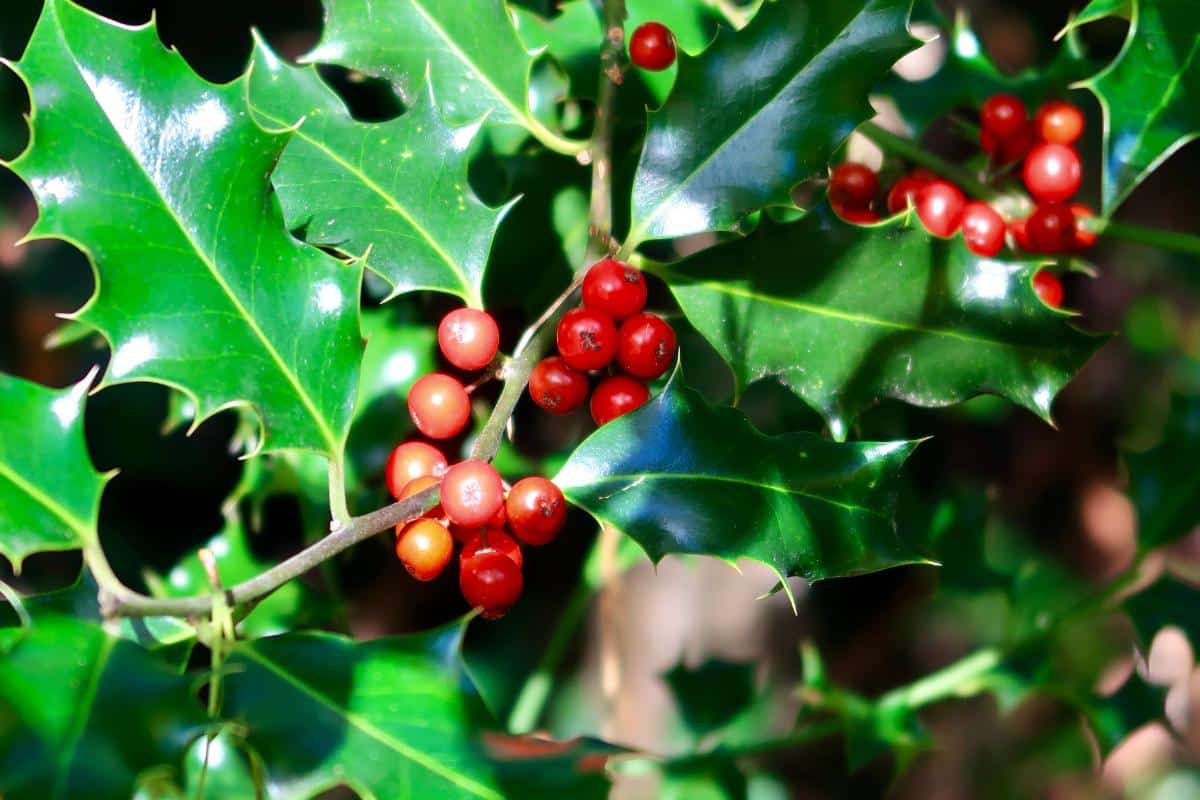
They include products like Yates DroughtShield, Wilt Stop, TransFilm, MoistureGard, Plant Wax, Floraguard, and the ever-popular Wilt-Pruf. They’re best known for helping plants survive the winter by stopping water loss from evergreen leaves and needles during the dry months.
They form a film on the tops and bottoms of the leaves that still allows the plants to breathe while decreasing moisture loss by about 15 to 20 percent. The anti-transpirant also makes the leaves all pretty and shiny, which is also a total win.
How Anti-Transpirants Benefit Plants
- Improved water use efficiency.
- Increased resistance to environmental stressors.
- Supports photosynthesis and growth when water is scarce.
- Prevents winter burn and drought stress.
- Reduces pest and disease damage during the growing season.
- Preserves plant hydration without disrupting carbon dioxide uptake.
- Shields plants from damage caused by salt water.
Types of Anti-Transpirants
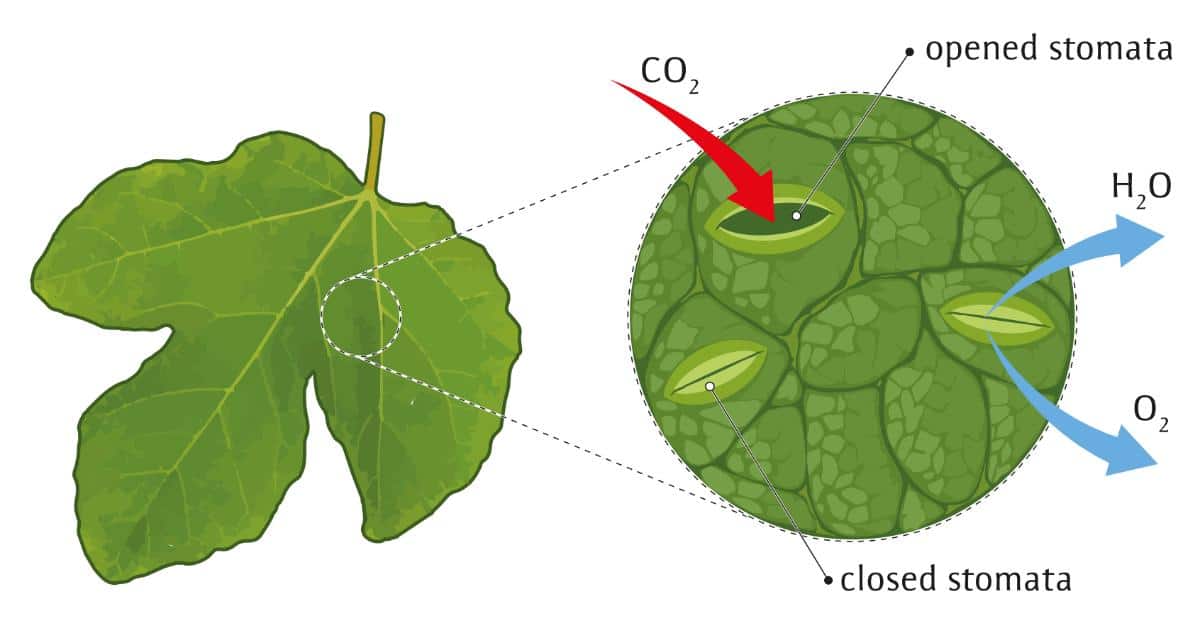
There are three main types of anti-transpirants. (Actually, there can be four, but it’s mainly used in the greenhouse trade, so we’ll skip it.)
Metabolic Inhibitors: If you put a bouquet of flowers in a vase and drop an aspirin tablet in their water, you are using this type of anti-transpirant. These anti-transpirants can slow water vapor loss through the stomata (the pores on the bottom of the leaf that control the intake and release of gases and water vapor). The aspirin, or the little packs of flower preservatives that some florists include with the flowers, closes some of the stomata on the plant’s leaves so the cut flowers survive longer.
Film-Forming Type: This is the most common anti-transpirant used by homeowners and the main one I’m covering in this article. These create a colorless protective layer on leaves that prevents water vapor escape while allowing the plant to “breathe” and photosynthesize. These include silicone oils and waxes.
Reflecting Type: These reflect the sun’s rays to lower the temperature of the leaves so they won’t release as much water vapor to cool off. Kaolinite clay is one such anti-transpirant. It leaves a white film on the leaves that reflects the summer’s heat.
There’s an additional benefit to using anti-transpirant sprays all year round: They also help deter pests and fungal diseases. More on that later.
Winter Burn on Evergreens is a Common Problem
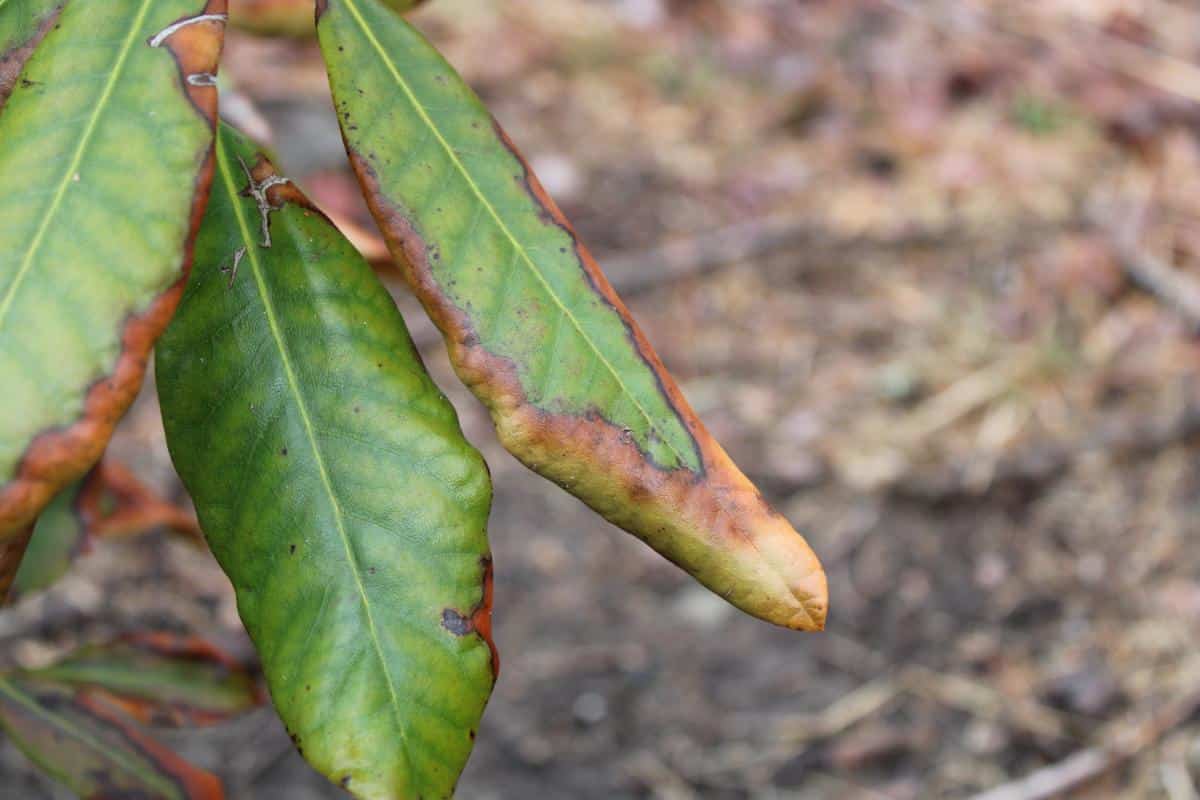
Plants affected by winter burn will first show brown or tan needle tips. After a time, part of the plant will turn scorched and brown, often the parts that are facing the sun or the parts that get the most wind. Winter burn is often seen in evergreens that grow in open areas with no wind protection.
Plants pull up water from the soil, then release water vapor into the atmosphere as they take in carbon dioxide and release oxygen.
In winter, deciduous plants simply drop all their leaves and hunker down for a long winter’s nap. They lose only a bit of water through their stems and branches.
Not evergreens! Evergreens still have all their leaves, so they need a lot of water to stay green. However, it’s hard for the plant to pull frozen water out of the soil. It’s like having a cup of water that's frozen and trying to suck it up with a straw. Not very refreshing! So the evergreen is unable to replace the water it’s losing to the winter wind – and it starts to turn brown.
They’ll also show twig dieback and directional damage (as when they are damaged on the side from which the harsh winter wind blows).
Winter Applications to Protect Plants from Damage
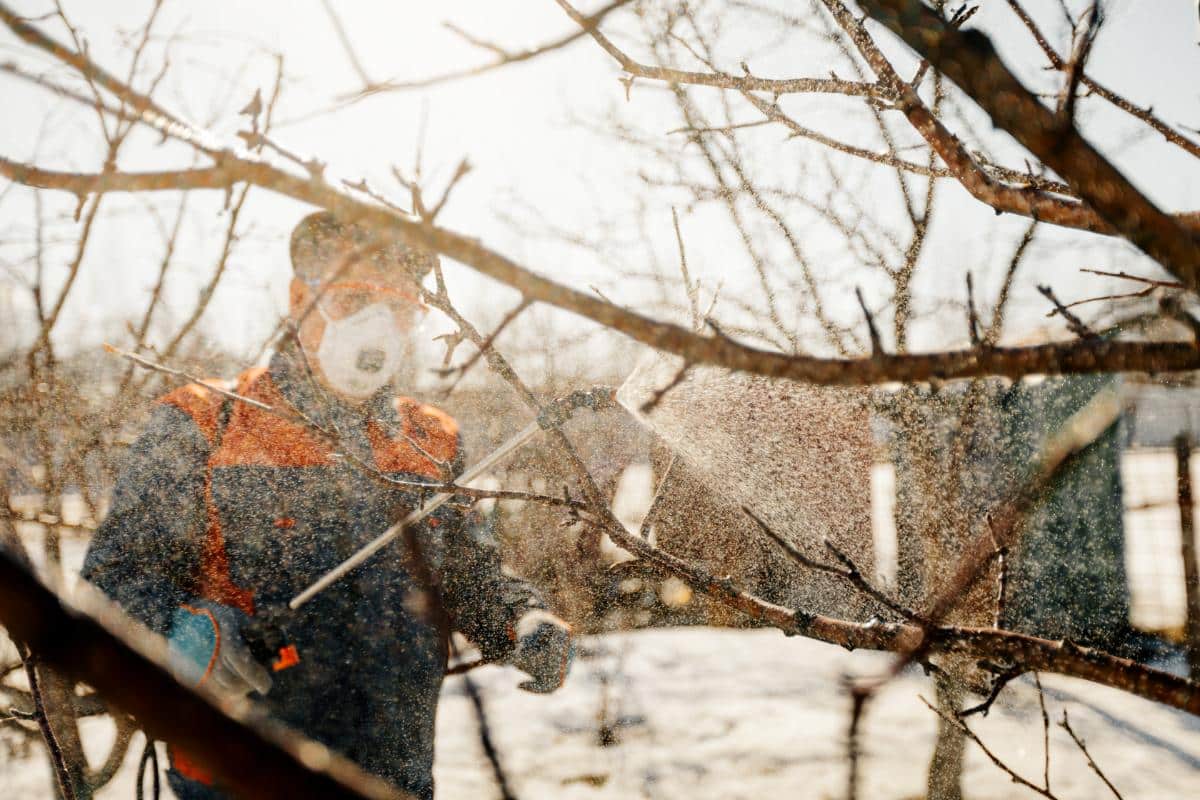
A number of plants benefit from anti-transpirants in winter, including boxwoods, azaleas, hollies, laurels, rhododendrons, and roses, along with evergreen trees that have needles.
Here’s how to apply anti-transpirant in winter.
- Wait until plants are fully dormant (late fall/early winter).
- Carefully read and follow label directions. Not all evergreens work well with anti-transpirants. More on that later in this article.
- Spray when temperatures are between 40 and 50° F, and there’s no rain in the forecast.
- Make sure there’s no wind so the spray goes on your evergreens, not all over your yard and neighborhood.
- Spray evenly, getting the tops and bottoms of the leaves.
- Occasionally, shake the sprayer so the solution doesn’t separate.
- Reapply as needed, depending on product type and weather conditions. Evergreens might need another application after about 3 or 4 months.
- When you are finished spraying, make sure you COMPLETELY rinse and clean your sprayer with soap and water. Some will clog the sprayer with a substance that kind of acts like Elmer’s Glue, and then you have to dig it out. That’s what happened to … um, a friend of mine, yeah.
Anti-Transpirants Are Useful Through the Rest of the Year
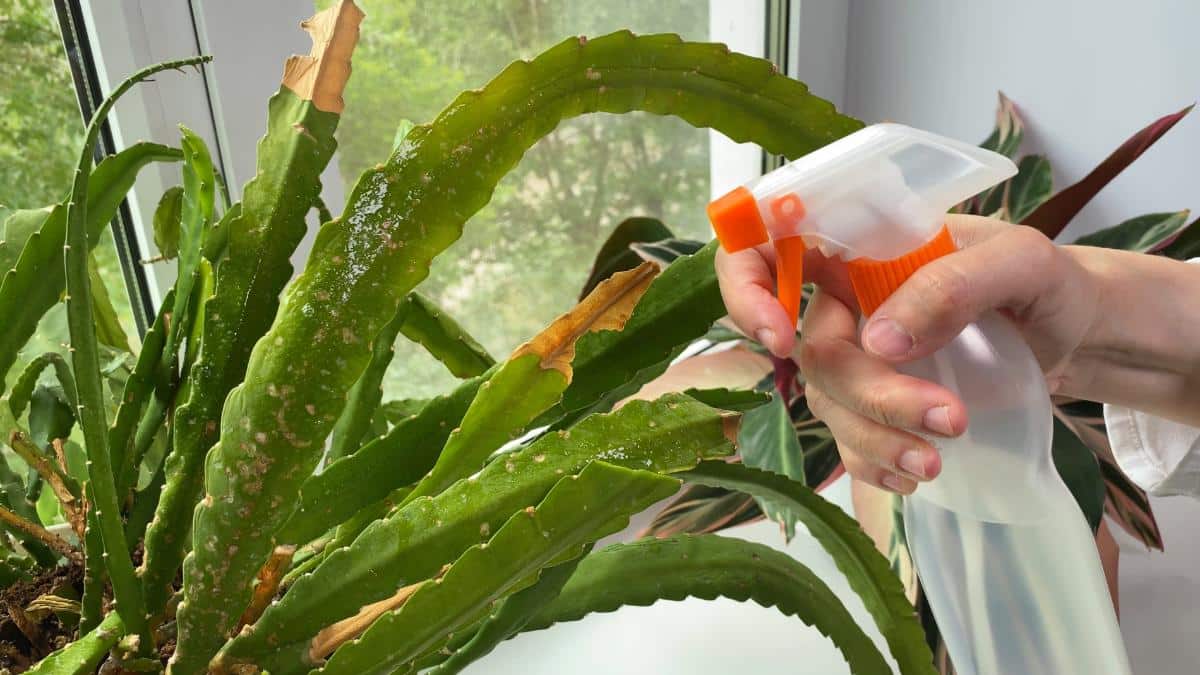
- Use them during dry conditions to reduce water loss. If your hydrangea keeps fainting like a soap opera star every time the sun shines on it, give it a little anti-transpirant.
- Spray them on newly transplanted plants so they can stay healthy while their baby roots are growing out.
- Keep your live winter wreaths, grave blankets, and live Christmas trees looking glossy and beautiful with anti-transpirants. They’ll keep longer, too.
- Orchids and some houseplants do better when sprayed with anti-transpirants. They retain more water, so you don’t get wrinkled leaves or pseudobulbs if you forget to water (as I often do). Also, you get shiny orchids. Very posh.
- Here’s an additional tip for those of you who are growing plants in extremely hot temperatures. It is worth noting that reflective anti-transpirants (i.e., kaolinite) reduce leaf temperature, while the film-forming types will increase it – not to a huge degree, but possibly enough to negatively impact plant growth in the hottest parts of the year. If your plants are struggling with the heat, spray them early in the day with some kaolinite and give them some extra mulch. The kaolinite will reflect the sun, slow water loss, and help them get through the worst of the summer’s heat so they can reward you with fall flowers.
Common Mistakes to Avoid When Using Anti-Transpirants
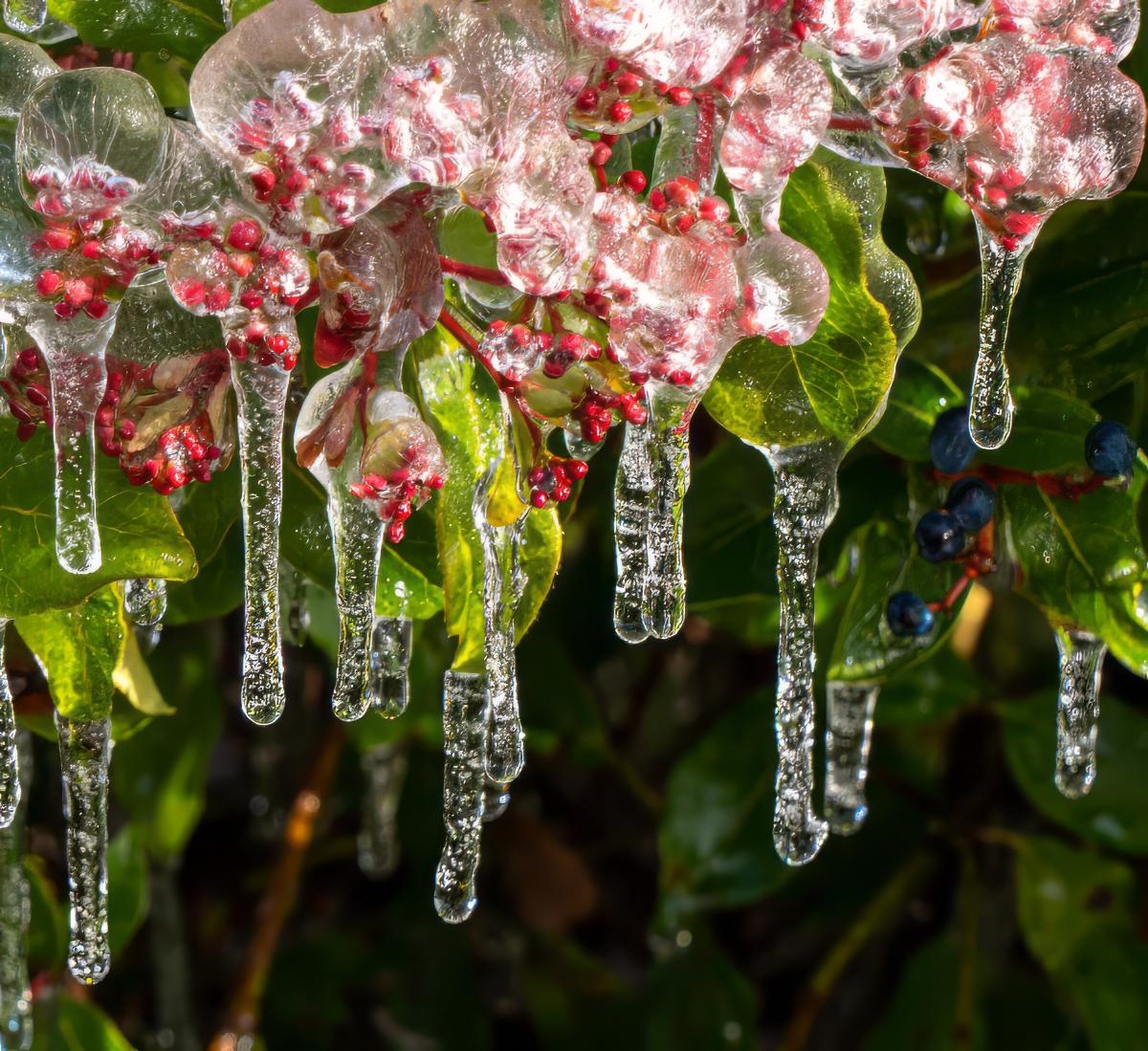
- The first one is a maxim I keep repeating in various gardening articles: Always read and follow label instructions!
- Some anti-transpirants are to be used only on broadleaf evergreens and needled evergreens. They should not be applied to evergreens with scale-like foliage, such as arborvitae, junipers, Chamaecyparis, or cypresses. They can be sensitive to the spray and turn brown.

- Some anti-transpirants might also cause color loss on Colorado Blue Spruce and other trees, depending on the brand.
- Be sure to spray after plants go dormant but before the ground freezes.
- Be sure there’s no rain in the forecast for 24 hours before spraying – or else you’ll have to spray it again.
- Make sure it dries completely (4 to 24 hours) before temperatures plummet below zero.
- Cover the plant completely, spraying both upper and lower leaf surfaces for full protection.
Even Anti-Transpirants Need Assistance
Anti-transpirants have their limits, of course. They aren’t going to completely protect the plants if they experience constant winter winds, or if they’re in a place where they get splashed with salt thrown out by street spreaders or snowplows. It’s always a good idea to combine several control methods for best results. Here’s a short (and fairly easy) list:
- Before the ground freezes in winter, water your plants well.
- Have a layer of mulch on the ground around the plants as winter rolls in, then spray them with anti-transpirant.
- After the ground freezes, throw down extra mulch to keep the ground frozen and avoid the freeze-thaw cycle.
- Some plants in exposed areas may also benefit from being wrapped in burlap. A burlap-wrapped plant won’t win prizes from the garden club, but it will survive the winter, so it can win prizes from the garden club when summer arrives.

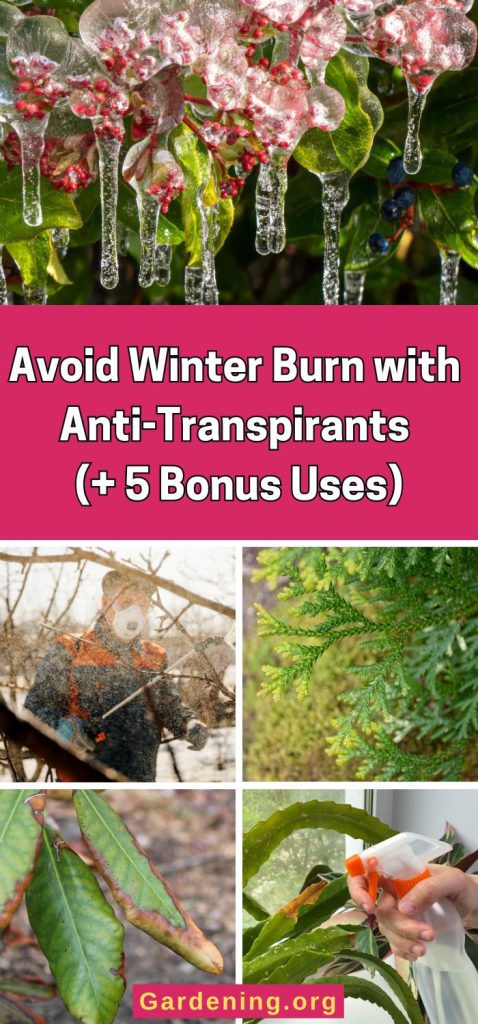
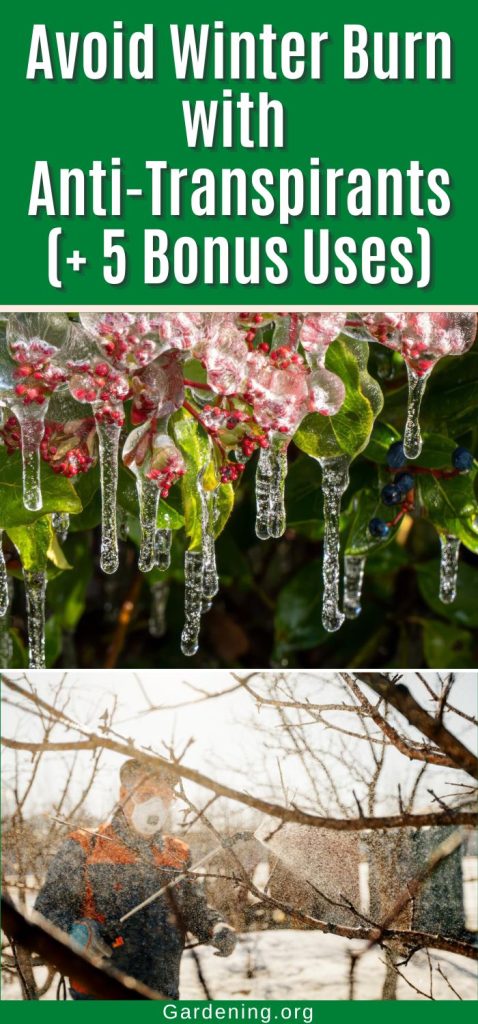
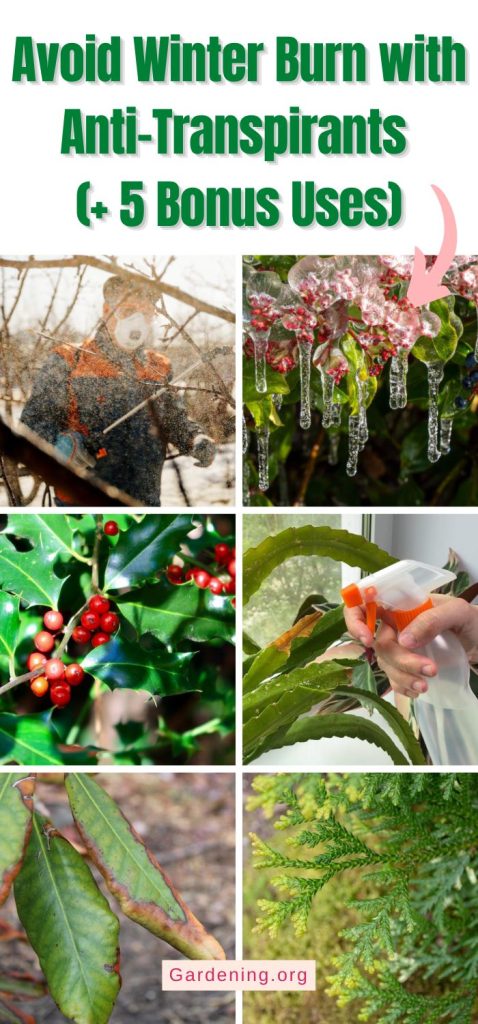
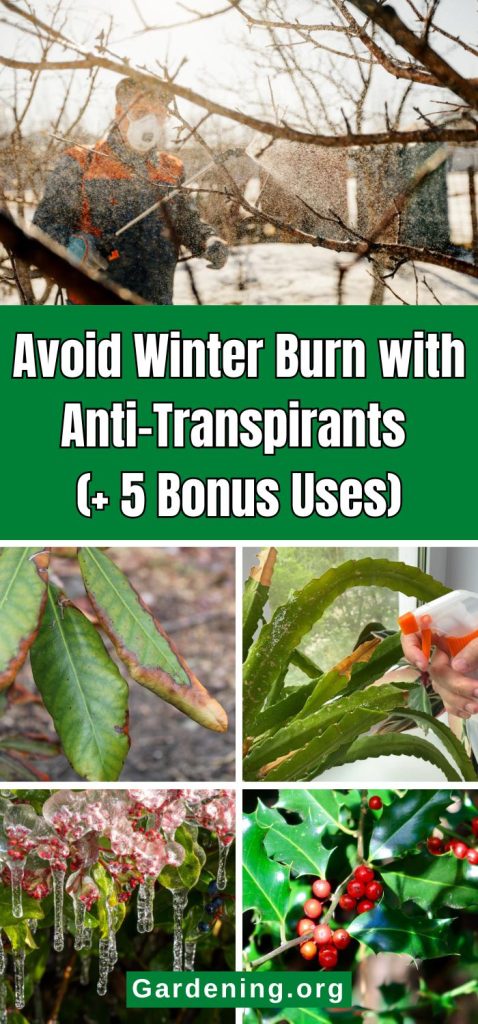




Leave a Reply